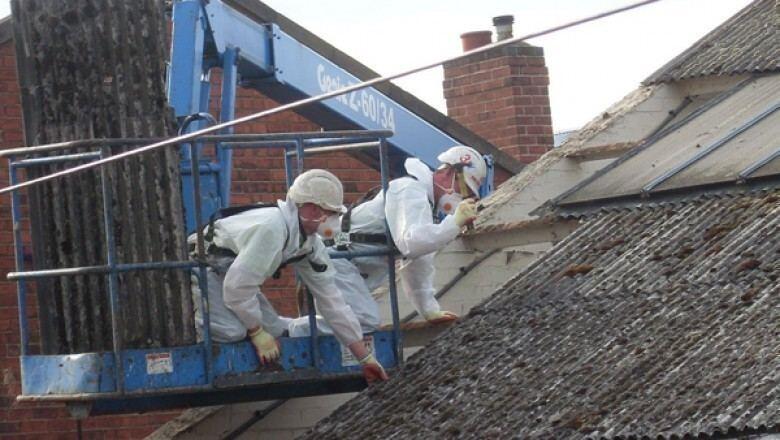What is Asbestos?
Asbestos consists of one or more of a group of six types of naturally occurring minerals made up of fine, durable fibers which are resistant to heat, fire, and water, and many other chemicals.
Asbestos used to be regarded as the wonder building material and was widely used for a variety of purposes in building construction from the 1950s to the mid-1980. Any residential, commercial, or public building built before 1990 may contain asbestos.
Asbestos was extensively used for roofing, flooring, insulation, steam pipes, boilers, furnace ducts, soundproofing, decoration, patching mixed in paints, and much more.
The Melbourne Asbestos Removal Solution
If you suspect that your property is lined with asbestos, you will do well to avail of asbestos testing now. Asbestos is not to be taken lightly. When asbestos is exposed to property the property’s occupants may end up inhaling it. Asbestos takes the form of needle-like fibers, which can enter the lungs through a person’s nose or mouth without them even noticing. The result? Scarring in the lungs, which leads to many respiratory complications such as pulmonary fibrosis due to asbestos (also called asbestosis), diffuse pleural thickening, pleural plaques, pleural effusion, and, worst of all, mesothelioma (a type of cancer in the lungs.) Asbestos has affected and claimed many Australian lives.
Types of Removal
A Class Asbestos
A-Class asbestos, or friable asbestos, is the name given to the type of asbestos that becomes dust or powdery when crushed. This is the most dangerous type of asbestos, and you need a license to be able to conduct an A-class asbestos removal.
This type of asbestos needs to be removed as soon as it’s discovered because any damage to the surface could cause the particles to become airborne. That would put all the occupants of the building at risk.
B Class Asbestos
B Class asbestos is also known as non-friable asbestos. This is a less dangerous type of asbestos. This is the classification for asbestos materials that have been mixed into other types of construction materials. This type of asbestos is considered low risk if it is not damaged or disturbed. Asbestos is only dangerous when the fibers are exposed and there is a chance of those said fibers being inhaled. Non-friable asbestos can be found in vinyl tiles and cement products that are used on ceilings, walls, roofs.
Friable Asbestos
The process of friable asbestos removal needs to be carried out by professionals. To remove this type of asbestos, full containment is needed. That means that the workers will need personal protective equipment and full coverage masks to prevent inhalation of any dust. Air filtration devices will be needed as well because any dust that becomes airborne is a danger to people on the property. The air will need to be checked to make sure that there is no asbestos floating around. The entire area will need to be covered in plastic. They might use a wet-removal method that means that the materials to be removed are soaked in liquid to limit the spread of dust.
Non-Friable Asbestos
There are two categories for asbestos — friable and non-friable. Non-friable asbestos is the less dangerous type. This is a bonded type of asbestos or the ones that are incorporated into building materials. When the material is maintained properly, there is a low risk of asbestos exposure. This will only become dangerous or risky when the material, such as the wall or ceiling, becomes damaged and the inner material is exposed to the air. Once the asbestos fibers become exposed, they can be airborne for hours or even days. That would mean that there is a huge risk of inhalation of these dangerous materials.
Where we cover
Eastern, Northern, and Western Suburbs of Melbourne
The asbestos removal Melbourne that we serve include Vermont, Croydon, Ferntree Gully, Bayswater, Burwood, Mount Waverly, Chadstone, Narre Warren, Dandenong, Boronia, Kilsyth, other surrounding suburbs.
The Northern Suburbs that we serve include Ascot Vale, Jacksons Hill, Strathmore, Oak Park, Gowanbrae, Montmorency, St, Helena, Tullamarine, Whittlesea, Eden Park, Wattle Glen, Kangaroo Ground, Diamond Creek, Attwood, among others.
The Western Suburbs that we serve include Diggers Rest, Seddon, Williamstown, Taylors Lakes, Wyndham Vale, Hoppers Crossing, Caroline Spring, Spotswood, Laverton, Kings Park, Altona, Delahey, Melton, Sunshine, Tottenham, among others.















